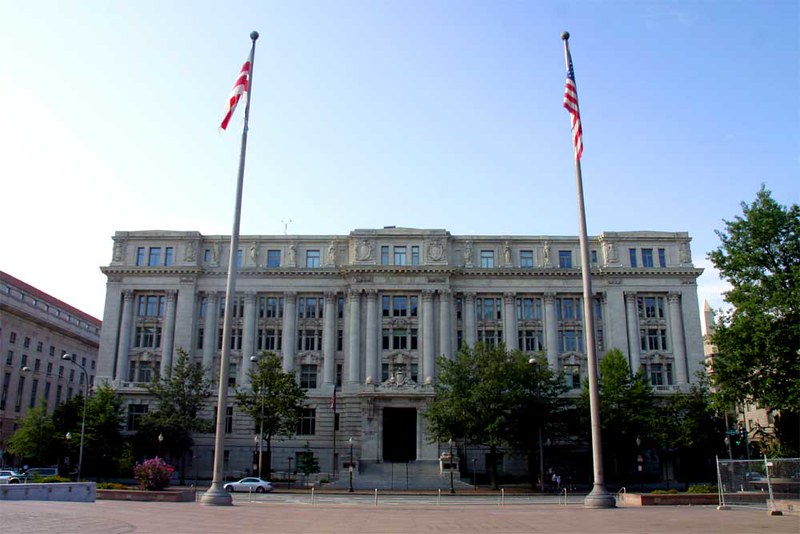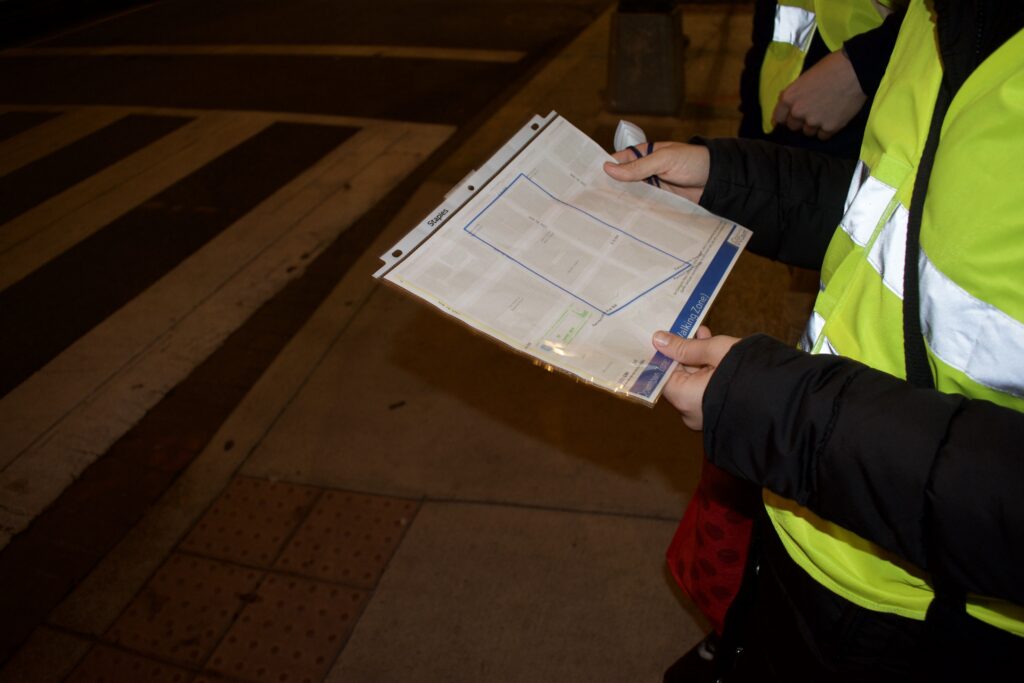On March 10, at the John A. Wilson District Building, Councilmember Michael A. Brown, along with representatives from D.C. Hunger Solutions and D.C. Fiscal Policy Institute, announced the introduction of the Food Stamp Expansion Act of 2009.
The Act relaxes some key eligibility requirements, which, according to Councilmember Brown, will allow nearly 4,800 more D.C. families to qualify for much needed assistance.
Aluveller Perkins, who told her own story at the gathering, said the food stamp expansion would make a difference for families such as hers. The single mother of four boys who works as an administrative assistant at Catholic University, said she found herself struggling to pay her bills. Faced with tuition bills, as well as rising food and energy costs, she sought assistance but was quickly deemed ineligible as her income exceeded 130% of the poverty threshold.
The federal government has set the 2009 poverty threshold for a family of three at $17,604. To qualify for food stamps, the income for a family of that size must not exceed 130% of that threshold, or $22,884 a year. If approved, the Food Stamp Expansion Act will loosen the eligibility requirements for District residents in two ways:
(1) The income threshold will be raised to 200% of the poverty level, or approximately, $35,208 in annual income. Additionally, rules regarding assets will be relaxed. Currently, working-class families with savings and automobiles, suddenly unemployed or underemployed, are ineligible for assistance because of these assets and are forced to quickly draw down their savings in order to qualify.
(2) A second element, called the Heat and Eat Initiative, allows food-stamp recipients to take the maximum standard utility allowance which will lower their income levels, qualifying them for a greater benefit. This may provide participating households between $30 and $60 more in food-stamp benefits each month.
According to D.C. Hunger Solutions, these new benefits, provided entirely from federal funds, will cost between $13 and $19 million annually; however, economists estimate that for every $1 in food stamp benefits distributed there is a $1.73 boost to the local economy.








